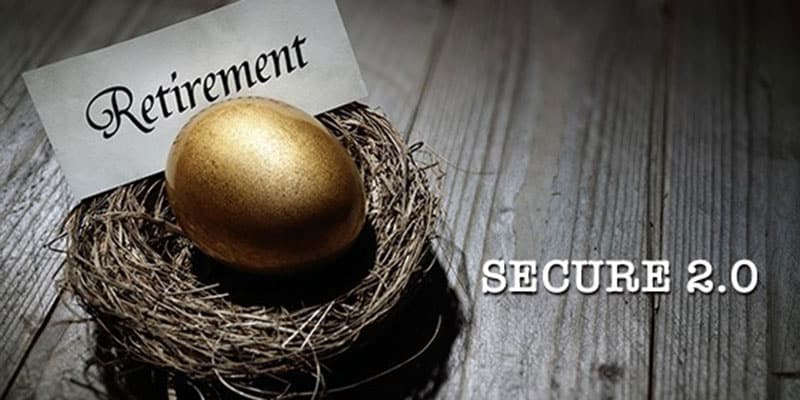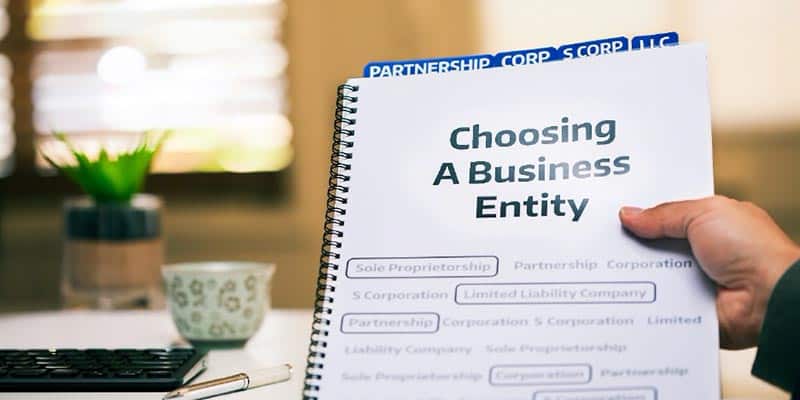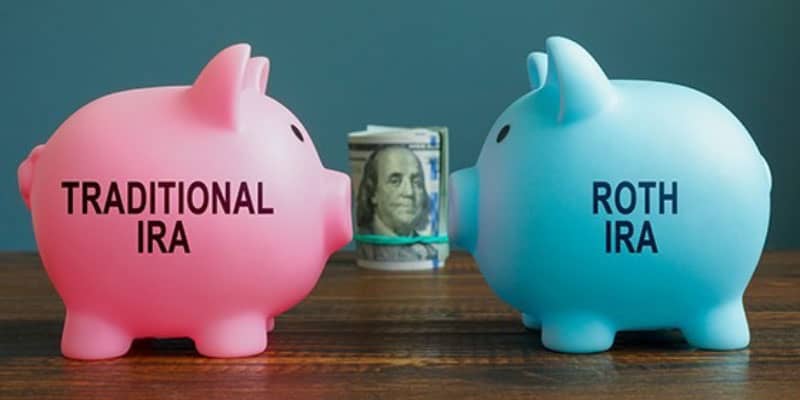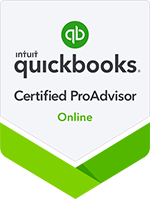A new law was recently signed that will help Americans save more for retirement, although many of the provisions don’t kick in for a few years. The Setting Every Community Up for Retirement Enhancement 2.0 Act (SECURE 2.0) was signed into law on December 29, 2022.
SECURE 2.0 is meant to build on the original SECURE Act of 2019, which made major changes to the required minimum distribution (RMD) rules and other retirement provisions.
Here are some of the significant retirement plan changes and when they’ll become effective:
- The age for beginning RMDs is going up. Employer-sponsored qualified retirement plans, traditional IRAs and individual retirement annuities are subject to RMD rules. They require that benefits start being distributed by the required beginning date. Under the new law, the age distributions must begin increases from age 72 to age 73 starting on January 1, 2023. It will then increase to age 75 starting on January 1, 2033.
- There will be higher “catch-up” contributions for 401(k) participants ages 60 through 63. Currently, participants in certain retirement plans can make additional catch-up contributions if they’re age 50 or older. The limit on catch-up contributions to 401(k) plans is $7,500 for 2023. SECURE 2.0 will increase the 401(k) plan catch-up contribution limits for individuals ages 60 through 63 to the greater of $10,000 or 150% of the regular catch-up amount. The increased amounts will be indexed for inflation after 2025. This provision will take effect for taxable years beginning after December 31, 2024. (There will also be increased catch-up amounts for SIMPLE plans.)
- Tax-free rollovers will be allowed from 529 accounts to Roth IRAs. SECURE 2.0 will permit beneficiaries of 529 college savings accounts to make direct trustee-to-trustee rollovers from a 529 accounts in their names to their Roth IRAs without tax or penalty. Several rules apply. This provision is effective for distributions after December 31, 2023.
- “Matching” contributions will be permitted for employees with student loan debt. The new law will allow an employer to make matching contributions to 401(k) and certain other retirement plans with respect to “qualified student loan payments.” The result of this provision is that employees who can’t afford to save money for retirement because they’re repaying student loan debt can still receive matching contributions from their employers into retirement plans. This will take effect beginning after December 31, 2023.
Non-retirement plan provision
There are also some parts of the law that aren’t related to retirement plans, including a change to Achieving a Better Life Experience (ABLE) accounts. Tax-exempt ABLE programs are established by states to assist individuals with disabilities. Currently, in order to be the beneficiary of an ABLE account, an individual’s disability or blindness must have occurred before age 26. SECURE 2.0 increases this age limit to 46, which will make more people eligible to benefit from an ABLE account. This provision is effective for tax years beginning after December 31, 2025.
These are only some of the many provisions in SECURE 2.0. Contact us if you have any questions about your situation.






